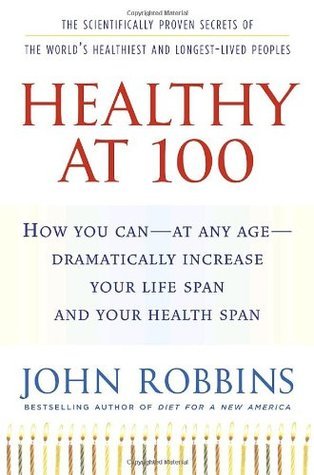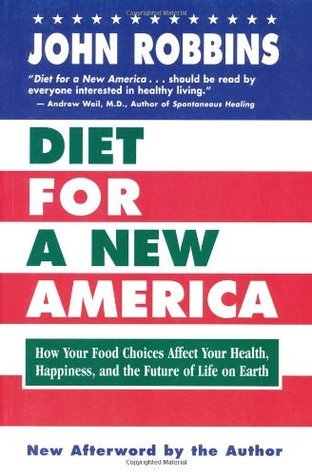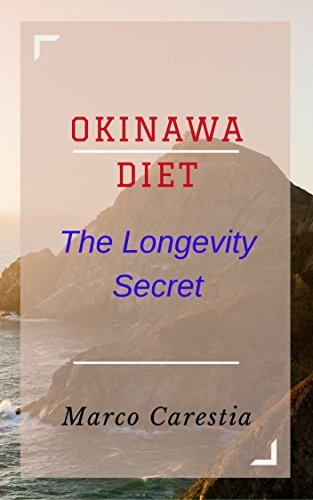
Healthy at 100: The Scientifically Proven Secrets of the Worlds Healthiest & Longest-Lived Peoples
Book Description
Imagine unlocking the secrets of vitality that have propelled ordinary people to extraordinary ages, living vibrant, active lives well into their hundreds. "Healthy at 100" unveils the scientifically proven habits and lifestyles of the world's healthiest and longest-lived communities. Every page reveals profound insights into nutrition, mindset, and social connection—powerful tools to transform life itself. With stories from those who’ve defied aging norms, this book offers more than just a pathway to longevity; it presents a blueprint for a thriving existence. What if the key to a longer, healthier life has been waiting to be discovered all along?
Quick Book Summary
"Healthy at 100" by John Robbins is a groundbreaking exploration of the lifestyles and habits of the world's longest-lived peoples, including the Abkhasians, Vilcabambans, Hunza, and Okinawans. Robbins combines scientific analysis with real-life stories to reveal core principles that promote both longevity and quality of life. The book delves into the nutritional choices, social structures, emotional habits, and physical activities that contribute to vibrant health well into old age. Robbins challenges Western paradigms of aging, suggesting that health is not just about genetics or luck, but about daily decisions and community support. "Healthy at 100" offers an inspiring, evidence-based blueprint for thriving well into one's later years.
Summary of Key Ideas
Table of Contents
The Impact of Plant-Based Nutrition and Whole Foods
Robbins begins by studying the lifestyles of four exceptionally healthy and long-lived cultures: the Abkhasians of the Caucasus, the Vilcabambans of Ecuador, the Hunza of Pakistan, and the Okinawans of Japan. He explains how these communities experience dramatically lower rates of chronic diseases, maintain robust physical health, and remain mentally active well into their 90s and beyond. By comparing these populations to Western societies, Robbins illustrates the power of cultural norms and everyday habits in shaping the prospects for healthy aging.
The Importance of Strong Social Connections and Community
A central lesson of the book is nutrition. Robbins details how long-lived communities subsist largely on plant-based diets rich in fresh vegetables, fruits, legumes, nuts, and whole grains, with minimal animal products or processed foods. He highlights scientific studies that support plant-based nutrition for reducing heart disease, cancer, diabetes, and other major illnesses. Robbins further discusses how Western eating habits—high in fat, sugar, and animal proteins—are linked to shorter lifespans and higher disease rates.
Positive Perspectives on Aging and Emotional Wellbeing
The book emphasizes the essential role of social bonds and community support. Robbins documents how mutual respect, close family connections, and cooperative living contribute to the vibrant health of these cultures. Elders are valued and integrated into daily life, which fosters a sense of belonging and self-worth. The protective effect of emotional wellbeing, friendship, and a sense of purpose is reinforced by both the stories from healthy cultures and scientific research presented.
Physical Activity as a Daily Practice
Physical activity emerges as another pillar of longevity. Rather than structured exercise routines common in Western societies, the world’s healthiest people engage in daily, natural movement: walking, gardening, manual work, and playful activities. Robbins stresses that regular physical activity, sustained throughout life, supports cardiovascular health, mobility, emotional balance, and cognitive function. Movement is woven into the rhythm of their days, making it an effortless habit rather than a chore.
Lessons from the World’s Healthiest Cultures
The book concludes by challenging myths of inevitable decline with age and encourages embracing tactics from the studied cultures to transform health and wellbeing. Robbins advocates for personal and societal change—adopting nutrient-rich diets, strengthening community, nurturing emotional health, and staying active. He makes a compelling case that the secrets to life-long vitality are accessible to all, regardless of background, and provides actionable steps to create a life that is not only longer, but richer and more fulfilling.
Download This Summary
Get a free PDF of this summary instantly — no email required.





